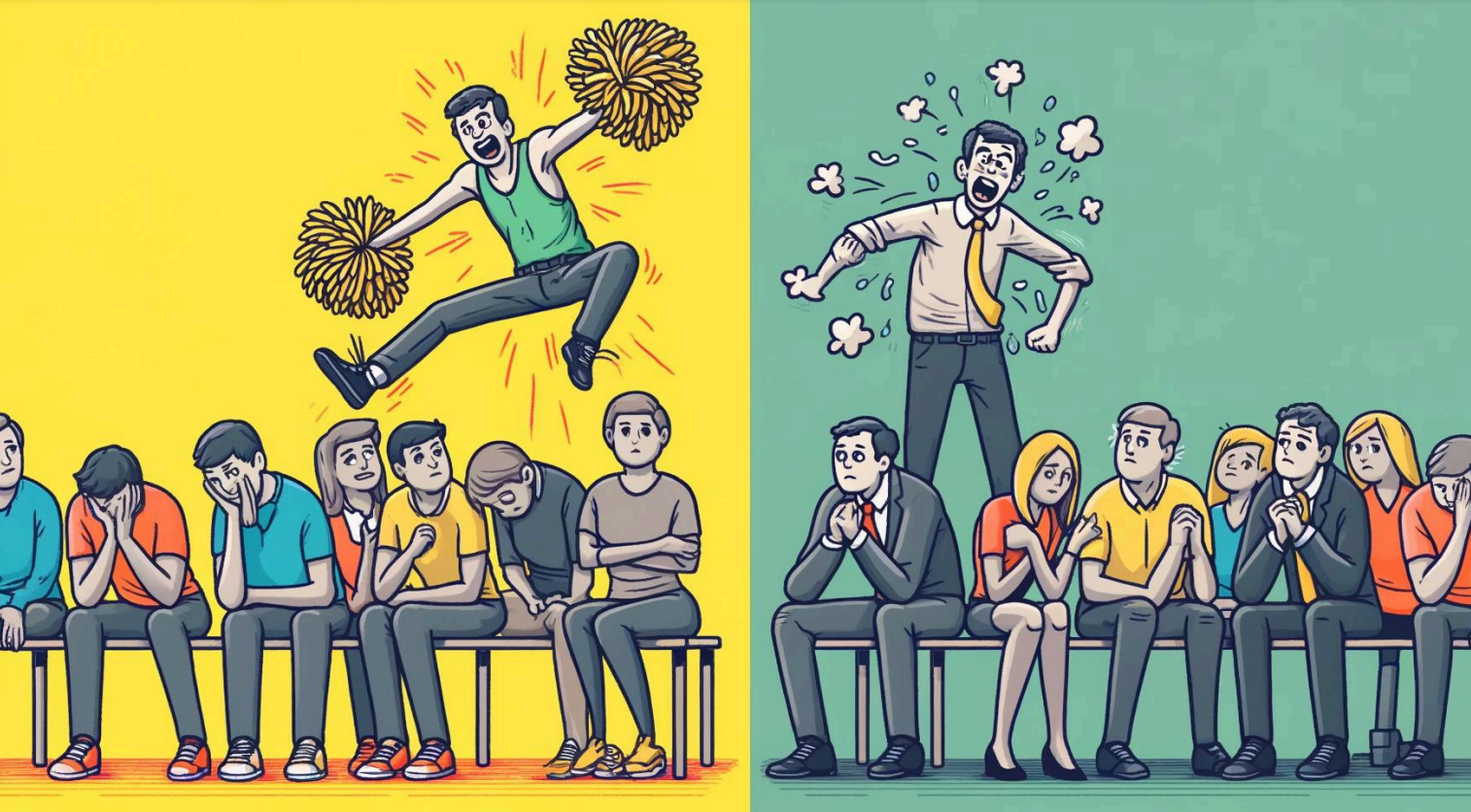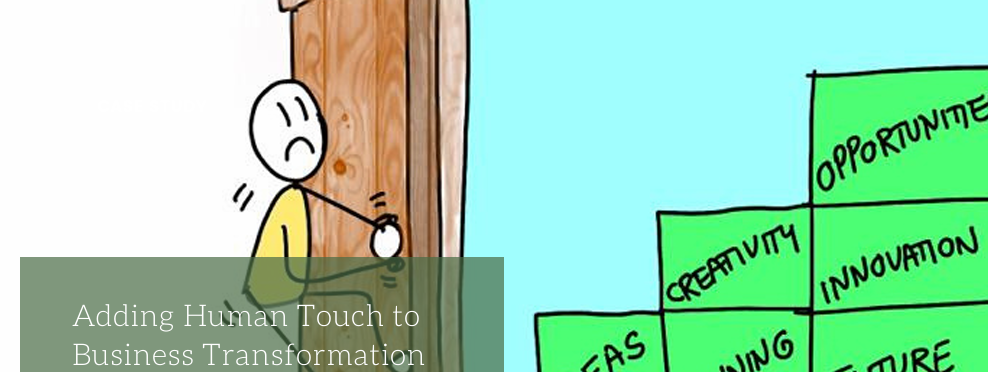“The only thing worse than being blind is having sight but no vision.” – Helen Keller
Amidst the complexity of modern team dynamics in the workplace, team roles often supersede conventional titles and functions. Teams need a mixture of different personalities and skill sets to make a success of it. The characters especially fall on roles that include some behavioral and strategic functions: Healer, Energizer, Big Thinker, and Do-er. All played a very important role in keeping this balance to help drive innovation, which ultimately enabled the teams to reach their respective objective. Understanding these roles and identifying any gaps where, for example, there was no Big Thinker is important for the effectiveness of innovation.
Understanding the Role of Big Thinkers
The role of a team member is essential in innovation and strategic direction. This will be in the role of envisaging future possibilities, generating ideas, and developing long-term goals.
Big thinkers are indeed important, since they have the ability to see beyond what is immediately at hand, and to inculcate in others this large perspective. Most often, they are a source of radical, creative idea transformation from mundane orthodoxies into extraordinary outcomes.
Are you missing the Big Thinker in your team?
- Lack of Sustainable Innovation: Where there is always focus on the routine without any suggestions for newer solutions or ideas, this most likely is as a result of a team without a Big Thinker. Stagnation in creativity having an overemphasis on the status quo characterizes this kind of void. Spontaneous innovation and creative ideas might arise now and then, but not on a consistent or sustainable basis.
- Short-Term Focus: Without a Big Thinker, the team is subjected to having a short focus on tasks at hand and short-term goals. Long-range planning or discussion about future prospects would be virtually nil.
- Risk Aversion: One of the telltale signs of great aversion to risk. If a team lacks the strategic push of a Big Thinker, it will run overly cautious, shunning bolder, untried initiatives.
- Difficulty in Adapting to Change: Where there are no Big Thinkers, it’s almost difficult to adapt to the market or industry trend changes. The approaches remain static in nature and don’t possess the dynamic vision required in order to change and grow.
What is preventing you or your team members from becoming a Big Thinker?
What cultural and leadership styles might inadvertently squander the genius of those within your team? If the context is not suited for expansive thoughts that generate forward-looking processes, organizations will lack innovation and success. Here are some traits and styles that can undermine big thinkers:
- High Operational Demand: Leaders burden big thinkers with day-to-day tasks, consuming space meant for strategic thinking and innovation. This leaves little room for creative problem-solving.
- Isolation from Peers: In a culture that discourages peer interaction, big thinkers lose opportunities for collaborative innovation. They need environments that foster interaction and idea exchange.
- Micromanagement: This style limits experimentation and independent decision-making, essential for innovative thinking. Micromanagers focus on the “how” rather than the “what,” stifling creativity.
- Focus on Immediate Gains: Pushing teams to only pursue easily achievable, short-term goals can discourage big thinkers from taking on more ambitious, beneficial projects.
- Myopic Leadership: Leaders without a long-term vision breed a culture antithetical to big thinking, preferring quick returns over new idea development, demotivating visionary team members.
- Lack of Recognition and Support: When big thinkers’ contributions aren’t recognized, it leads to disillusionment and reduced motivation. A culture that doesn’t value innovation dampens enthusiasm.
- Overemphasis on Conformity: Cultures that stress conformity stifle big thinking and creativity by not allowing deviations from the norm and discouraging questioning established rules.

Spot the Big thinker in yourself or the group, do they have any of these qualities?
- Curiosity and Insight: A natural curiosity about the trends in an industry, asking insightful questions where most of us tend to stop at those that remain on the surface, is a tell of a potential Big Thinker.
- Comfort with Ambiguity: Look for team members who are at their best in environments filled with ambiguity and are comfortable working with less-defined, more wide-open situations.
- PassLearning: Even those with potential big thinking are often perennial learners who feel connected to many subjects well beyond their immediate professional scope.
- Pattern Recognition: With these persons there would often be connections and patterns visible in places where there would seem to be chaos. This indicates the ability to hold a strategic mindset.
- Ear on the ground: The other quality that one can observe while spotting a potential big thinker in your team is that they are well connected with their peers in other teams or companies; most of the time, they are very curious to find out how others solve their problems and bring those stories to their respective teams.



